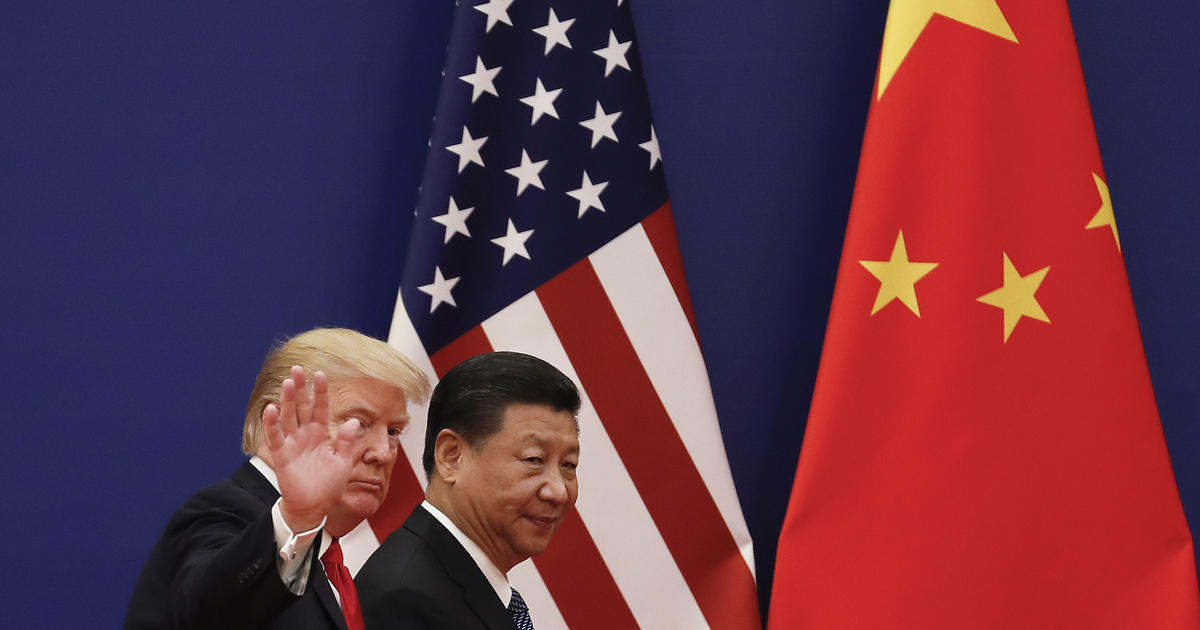
President Trump is laying into China and the European Union as currency manipulators, accusing them in a tweet last Friday of “manipulating their currencies and interest rates lower” in an effort to get an edge over the United States by making their goods and service cheaper to buy in the U.S. He added that American businesses should be allowed to recapture what was lost due to “illegal currency manipulation and BAD trade deals.”
Confirming the President’s concerns, U.S. Treasury Secretary Steven Mnuchin told Reuters his department is closely monitoring China’s currency markets for signs of manipulation. Goldman Sachs analysts on Friday warned clients that the current “trade war is evolving into a currency war.”
Trump frequently attacked China as a presidential candidate. In his campaign’s “7 Point Plan to Rebuild the American Economy” he promised to instruct the Treasury Secretary to label China a currency manipulator, an action that would then set off a process of countervailing action.
But in three separate chances since his inauguration, Trump’s Treasury Department failed to do any such thing. In fact, in an interview last year Trump outright claimed “they’re not currency manipulators” when asked about the issue during Chinese President Xi Jinping’s visit to Trump’s Mar-a-Lago resort.
So, what changed? Mainly, the U.S. vs. China trade spat has intensified.
While it’s true China was once an aggressive currency manipulator, holding its currency value artificially low to keep its exports cheap, Beijing has largely backed away from that strategy recently as domestic problems like over-reliance on credit and off-and-on inflation have become issues.
In fact, selloffs in the Chinese yuan over the last few years were seen as negative events that impacted American stocks as well. But now, a cheaper currency is seen as one potential way to offset Trump’s growing list of new import tariffs against China.
And, indeed, the yuan has been weakening lately, falling roughly 15 percent against the dollar since January. Whether this is a conscious policy move by Beijing (China has a semi-managed currency vs. a free-floating currency like the U.S. dollar) or investors acting independently (on fears tariffs will weaken China’s economy) is an open question.
Just in terms of pure repricing of Chinese imports into the United States, the yuan’s fall would would more than reverse Trump’s last threat of a 10 percent tariff on an additional $200 billion in Chinese goods. Which comes after a 25 percent tariff increase on $50 billion in Chinese goods, known as the “Section 301” actions taken in retaliation for claims of forced technology transfers by China against American companies.
Overall, Trump has said he is ready to raise U.S. tariffs on $500 billion worth of Chinese imports if necessary in an effort to narrow the U.S. trade deficit with China which totaled $375.6 billion last year.
China can’t react in kind, since the U.S only exported less than $130 billion in goods to China last year. Thus, there’s widespread concern among economists and market strategists that Beijing would look to alternatives, such as crackdowns on U.S. technology firms or a conscious further weakening of China’s currency, to strike back.
But Beijing is playing a dangerous game: China risks a repeat of the 2015 and 2016 devaluation panics, in which a weaker currency resulted in destabilizing capital outflows as money poured into Canadian real estate and other havens. If, in fact, China’s leaders are actively trying to weaken their currency.
That would further clobber China’s stock market (already in a bear market, down more than 20 percent), weaken credit markets, and threaten its real estate bubble.
No surprise, then, that China’s central bank has stepped up efforts to pump cash into Chinese state-owned banks in recent weeks with a clear mandate: Push the money into the economy.
Trump’s actions, according to Goldman Sachs, are following the script of prior trade disputes that were often settled with a “negotiated” weakness in the U.S. dollar. Such as the Plaza Accord under President Ronald Reagan.
Trump also pushed against the Federal Reserve, now led by his appointed chairman Jerome Powell, wondering why we are raising interest rates when debts are coming due, when it threatens to undermine the economic progress his Administration has achieved, and whether another two interest rates hikes (which the Fed has penciled in) is such a good idea.
Trump did add that he was “letting [the Fed] do what they feel is best.” It’s an open question how long that goodwill lasts. If Powell slows his rate hike pace, this would be seen as a negative for the dollar. Which may well be Trump’s intention.

